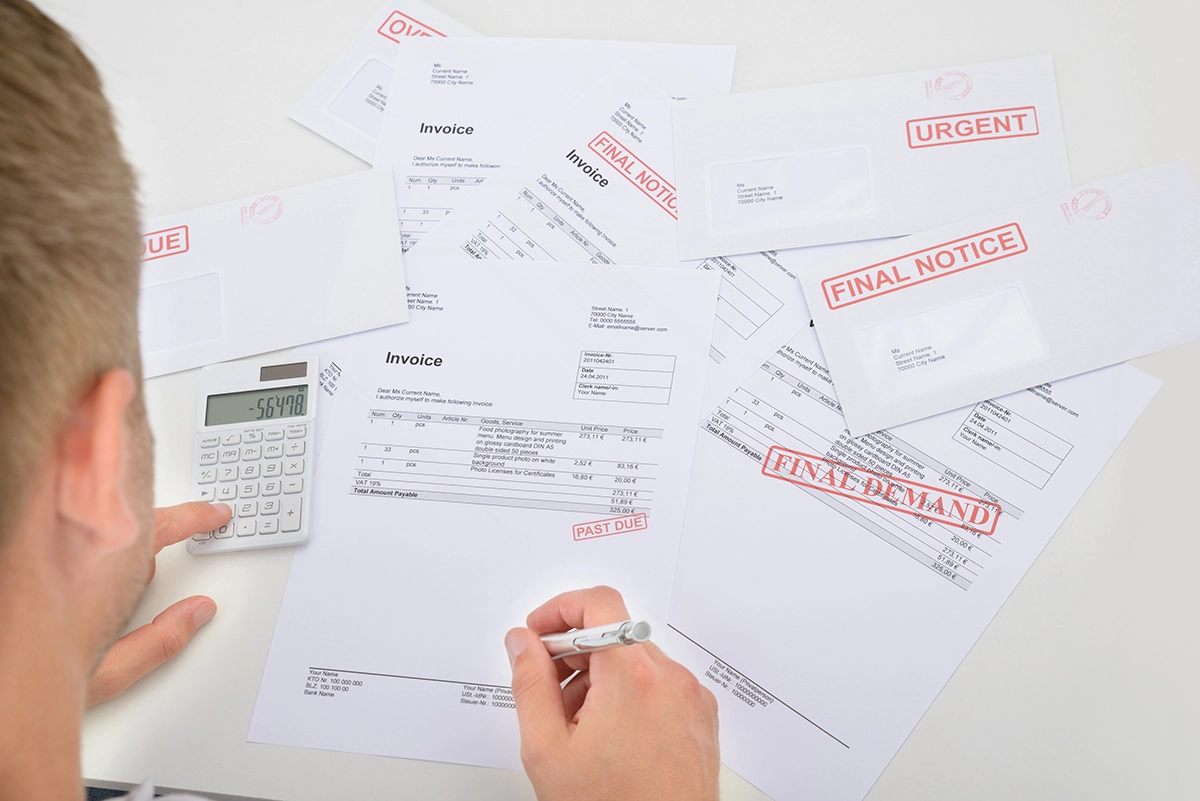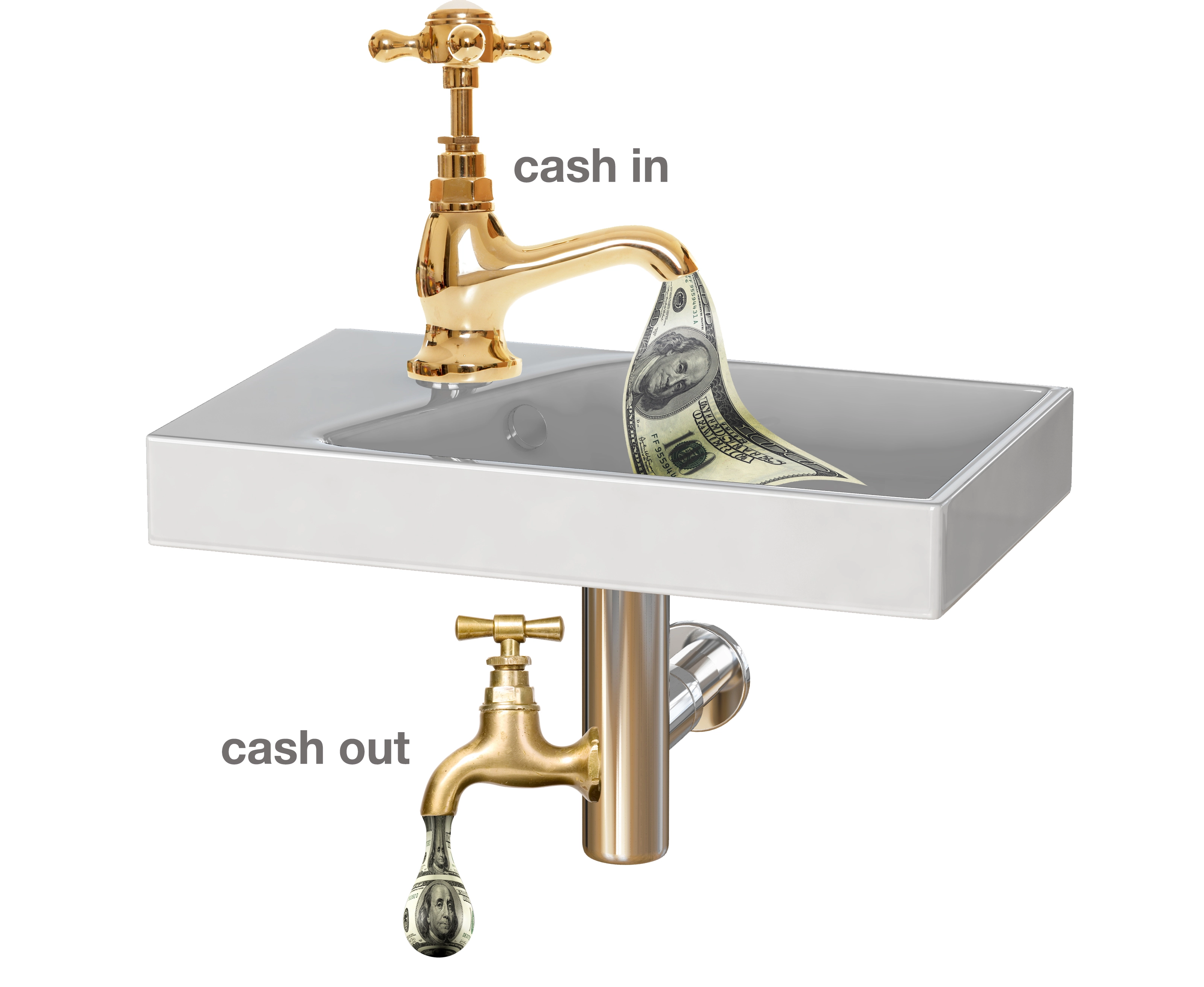Many companies price jobs without taking overhead into consideration. They use a gross margin divisor or just add a percentage of overhead to each job. Taking overhead into consideration is critical to determine true job profitability.
The Formula for Calculating Overhead
To determine accurate job profitability, the first step is to calculate overhead costs per hour. If you do not have different departments, to calculate your overhead per hour, take your total overhead cost from last year’s fiscal year-end profit and loss statement and divide that by the number of revenue-producing labor hours last year.
For companies with different departments, you must departmentalize overhead so that each department gets “its fair share.” Calculate departmentalized overhead based on space costs and labor costs because they are the two components that create overhead. To calculate overhead cost per hour, determine the overhead costs for each department, and divide that result by the number of productive (billable or revenue-producing) hours for each department. Use only revenue-producing hours – those hours your employees could bill a customer for – do not include vacation, holiday, meeting, training, or shop hours.
You’re likely to find one department with a much lower overhead cost per hour than another. After this calculation, you know how little you can charge a customer at slower times of the year and still make a profit on an individual project. The result can be very sobering. It’s common for me to find the overhead cost per hour above $60/hour in many companies that used the price by the divisor method. It should be under $40/hour for service and under $30/hour for installation/projects.
Breaking Down Overhead Costs
If you don’t like the result, then start decreasing the overhead cost per hour. First, make sure you have as many revenue-producing hours as possible. For example, if you pay an employee for eight hours, but he only can bill a customer for four hours, you’ll have a higher overhead cost per hour.
Another way to reduce your overhead cost per hour is to ask your employees. They know how they waste time. Many times you have to ask the office about the field operations and vice versa. They know. Implement their suggestions.
Here’s the step-by-step process to departmentalize your company’s overhead and overhead cost per hour:
First, there is space overhead. Five things cause space expenses: rent, utilities, building maintenance, building taxes, and building insurance. Determine the total amount of productive space used by each department. Productive space is the space occupied by either people or things related to a revenue-producing department. Your common areas such as a conference room, kitchen, and bathrooms are not included; bookkeeping space doesn’t count; your reception area doesn’t count. The space that is used by financial people or other people who are not producing revenues does not count in this equation. The only area that counts is the space related to your departments.
Next, consider people overhead. Every overhead item that is not included as space overhead is related to people. For example, the more people you have, the more office supplies you have. The more people you have, the more telephone calls you have. If you know the exact amount of time that somebody spends in a particular department, then take that percentage rather than the overall estimate. If you have a bookkeeper who is splitting her time between three departments determine how much time she is spending in each department on its tasks and then allocate her salary appropriately.
For example, assume your bookkeeper’s salary is $50,000 per year and she spends 20% of her time in Department A, 30% of her time in Department B, and 50% of her time in Department C. Then, Department A gets $10,000 of her salary, Department B gets $15,000 of her salary and Department C gets $25,000 of her salary. If materials or services are bought for one department only, then that department gets 100% of that expense. For example, for advertising or printing, many times, advertisements are placed for only one department. As such, that department receives all that advertising expense. For website expenses, divide the expense by the productive payroll percentages. It’s hard to determine if a department should get more or less of that expense.
Once you know the total amount of overhead for each department, then calculate the overhead cost per hour by dividing each department’s overhead by its revenue-producing labor hours. Breaking down overhead costs and determining if you are truly profitable, will make a big difference in long-term growth.
Ruth King has more than 25 years of experience in the HVACR industry and has worked with contractors, distributors and manufacturers to help grow their companies and become more profitable. Contact Ruth at ruthking@hvacchannel.tv or at 770-729-0258.






